I’ve written about the Nilgiris in Tamil Nadu a couple of times, now. But there’s one period of time I haven’t yet quite covered.
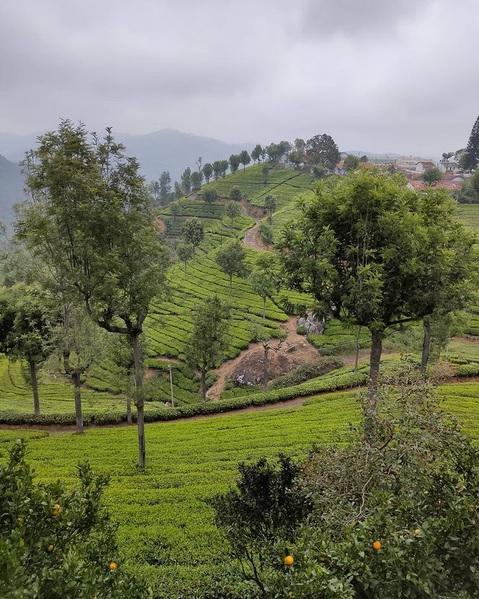
Mainly because . . . it’s not really a growing season, in the traditional sense. In fact, the issue of seasonal “flushes” in the Nigiris gets a little confusing, especially come winter. Main reason? Well . . . the Nilgiris really don’t have a winter. It’s South India; the weather can go from oppressively hot to almost-around-pleasant, or so I hear. This actually makes it an ideal sort of climate for the tea plant, particularly the common variety there—assamica.
For you see, the tea plant is perennial, which basically means it grows all year round. Granted, during major weather changes, tea plants do alter their growing patterns a bit to suit the climate and their needs. In colder months, yields are lighter and slower. Not a problem in the Nilgiris. There is a mythical “frost” period . . . and we’ll get to that later.
Ketlee sent three teas my way from the Nilgiri region of Coonoor. Three teas; three different gardens—each within about five-or-so miles of each other. All were plucked in January of this year (2021), one of which claiming to be a “frost tea”. What’s different about this Nilgiri tasting, though, is that none of these are black teas. Two greens and one semi-oxidized tea, actually
The greens, I did as a flight, mainly due to their similarities. Ketlee mentioned that the Highland Green could take higher temp water, and the default for the Winter Frost was also somewhere in that range. To split the difference, I subjected both to a median temp of 185F, and a three-minute steep each. Not too outlandish an approach for pan-fried greens, at least compared to my other experiments.
The leaves for this batch were gorgeous to behold. I don’t think I’ve encountered an Indian green tea whose leaves were so—well—green! The young-seeming, open-faced leaves were a dazzlingly bold shade of forest green. Well, multiple shades, really; all of which gave off the feeling of “forest”. The aroma was exquisite, too.
Okay, full disclosure here . . .
When I tossed these samples into the “to-drink” box, I completely forgot, I still had last year’s Highland Green in there. Both the labels were the same. I had to differentiate the two by sniff alone. Luckily, they weren’t too hard to tell apart. The 2021 Highland Green smelled like fresh date sugar-lathered mint.
I assume the older one did at one time, too, but it was almost a year old, now. The aroma was still pleasant, but the date-y luster had dated a bit. The 2021 smelled every bit the ingénue it was.
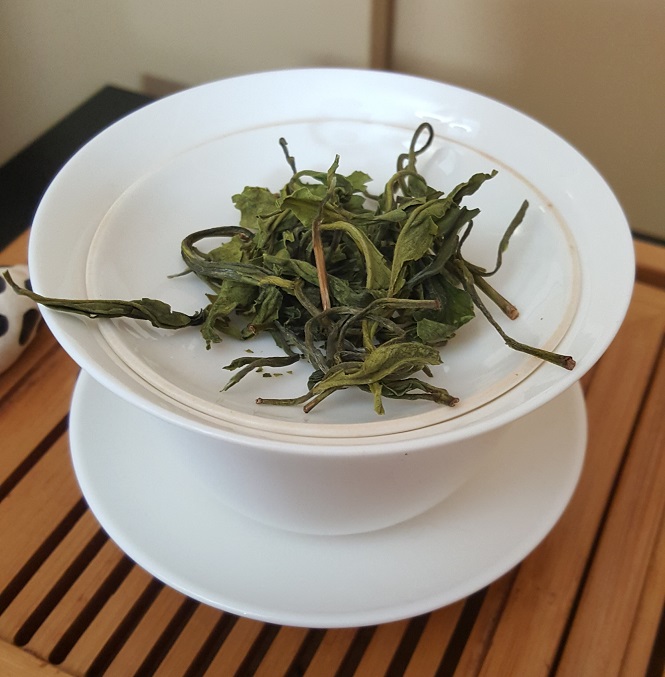
The liquor brewed up a very pale green, similar to what an An Ji Bai Cha would produce. Maybe lighter, even. The aroma also wasn’t incredibly bold, but what the steam did give off reminded me of a pan-fried Japanese green tea; sweet artichoke hearts and something vaguely umami. The flavor echoed the aromatics perfectly, giving a toasty intro, to a leafy green taste without any vegetal kickback, followed by an understated sweetness on the finish.
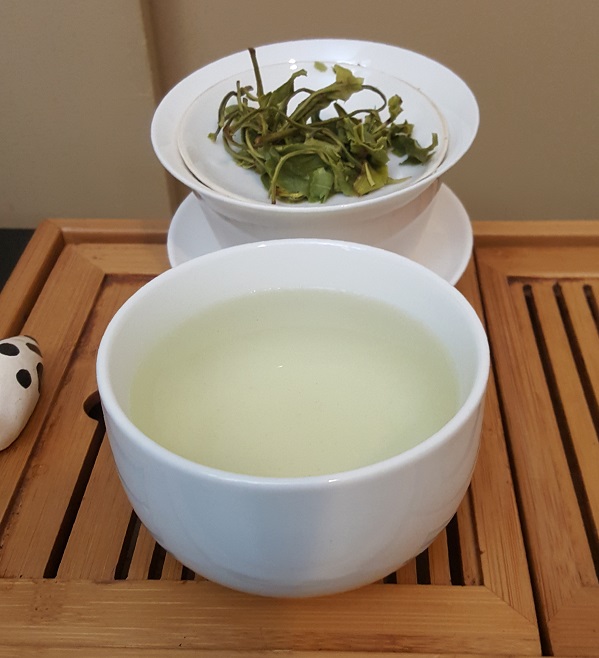
*****
I was having a conversation with an Indian tea biz friend, and we were joking about the much-touted “Nilgiri Frost” teas. I’ve had a few; they’re great! But here’s the problem: depending on where you are, the “frost” period only lasts for a few days—tops. There’s less of a frost period than there are teas claiming to be cultivated during said frost.
As to a common characteristic among Nilgiri Frost teas? Honestly, I haven’t found one. They tend to be sharper and sweeter than the rest of the seasonal flushes, but that might have more to do with processing and terroir rather than some sub-seasonal sorcery. This Nilgiri Frost Green, however . . . ?
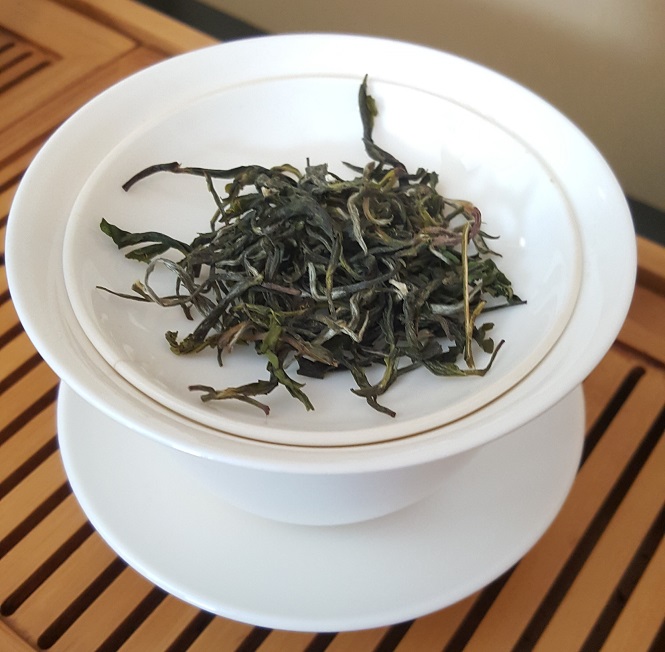
This one was a far different beast from the Highland Green. The leaves were more tightly rolled so that they resembled twigs or buds, and their dark greens were exceptionally dark. Beige-to-white buds were also strewn about in the fray. This reminded me, at least on appearance, of a Vietnamese old tree assamica green. Didn’t smell like one, though, thankfully. The aroma was a bit heavier than the Highland Green, and there was an earthier bend to the fragrance as well. However, that similar flirty date sugar lean was also present.
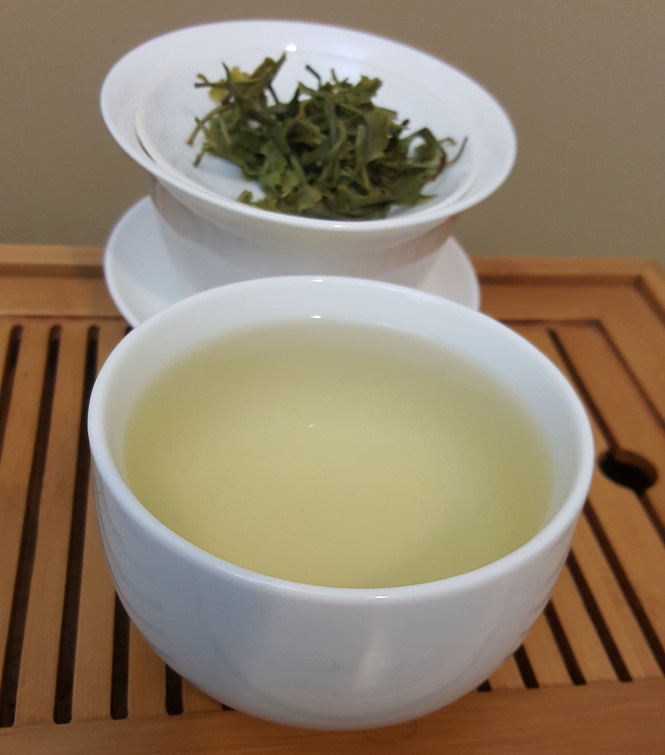
This brewed up a shade darker than the Highland, by at least a couple of palette signatures. More green, less yellow; but still shimmering like gold. The aroma was much sweeter, and less umami, than the Highland, while still retaining something deeper. That depth was further accentuated in the taste, committing to a flavor that reminded me of some sort of green tea confection with vanilla filling. If I was tasting this blind, due to the thicker mouthfeel, I would’ve thought I was sipping a green Tie Guan Yin from Taiwan.
Several days after doing that flight, I finally did a brief dip into the Nilgiri Winter Oolong. I was in the middle of filming a video, and I needed a tea to go along with it. Ketlee was urging me to try the oolong, so I did.
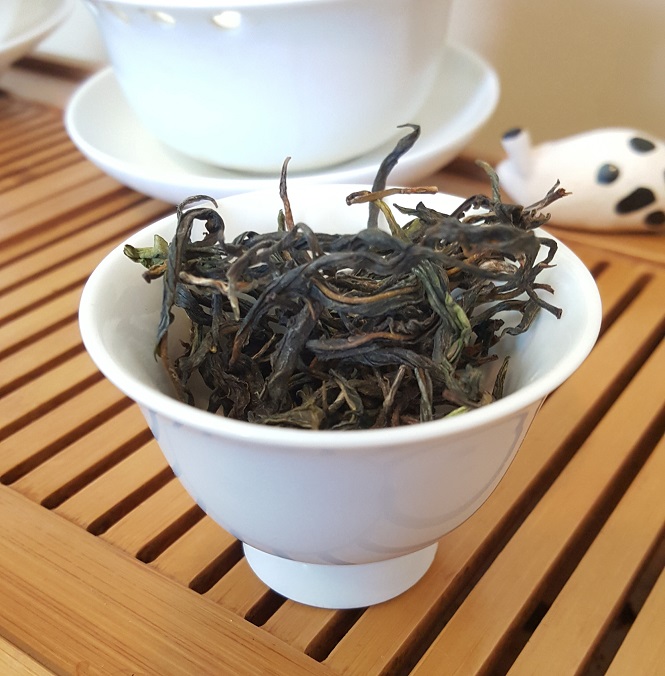
The leaves were just as lovely as the green teas, but darker—shades of brown amidst the lighter beiges and greens. The smell really caught my attention. This didn’t smell like any assamica-based tea I’d delved into. It smelled like a Darjeeling first flush.
I did a quick brew up: a clump of leaves in a tiny gaiwan approached gongfoolishly. Dunno how long I steeped it for; two minutes, maybe?
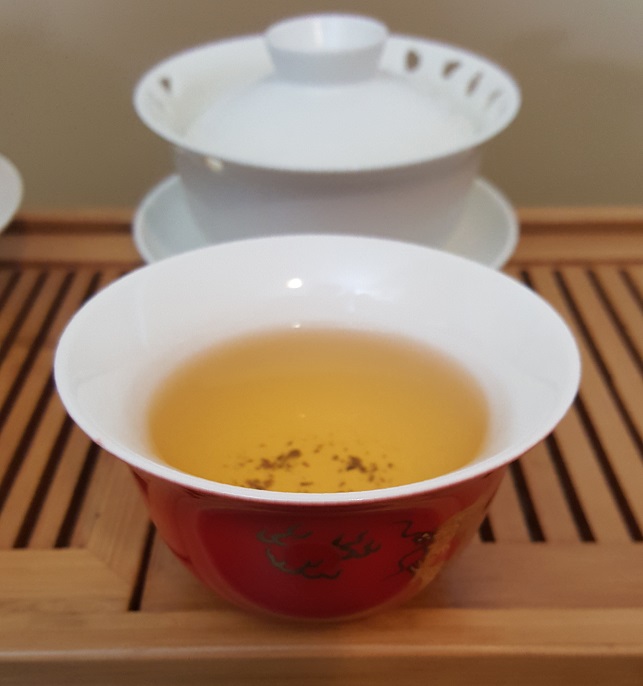
If it was a Darjeeling, it would’ve been the fruitiest damn first flush Darjeeling I’d sipped in years. But it wasn’t; it was its own beast. A very, very fruity beast.
I’m not sure what I was supposed to learn here, or what the theme of these tastings was. I started this going in with the thesis that “winter in the Nilgiris” and “frost teas” were kind of a crock concept. That said, there is still something special about this odd period of time in a southern Indian state where a perennial crop grows, that such unique variants could emerge. Whether based on growing time, techniques or production.
I suppose that’s the takeaway: taste before you scoff. Don’t judge a leaf by the season. Tea will always surprise you.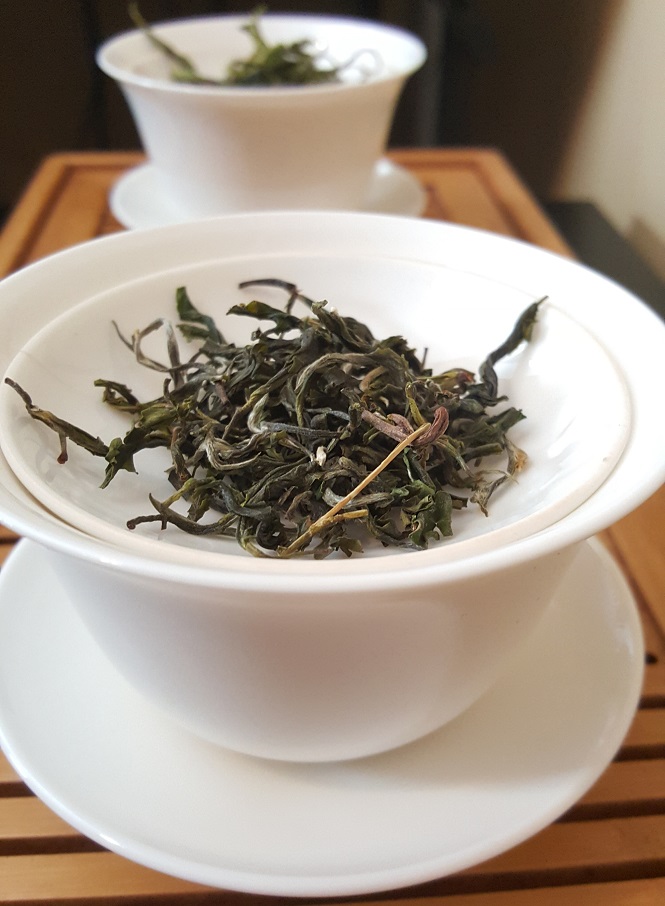
To buy the Nilgiri Highland Green, go HERE.
To buy the Nilgiri Frost Green, go HERE.
To buy the Nilgiri Winter Oolong, go HERE.
Leave a Reply